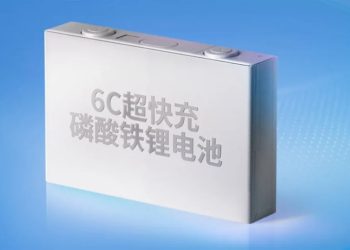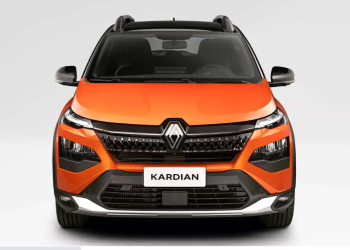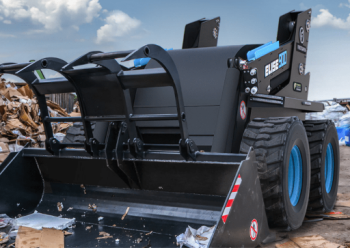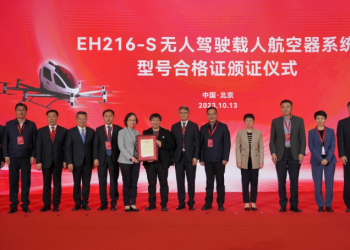From Germany comes a new research that opens the debate on the location that motors should have to make cars more efficient and powerful.
Schaeffler, one of the most important suppliers to the automotive industry, is for the development of this technology and announced the start of the supply of in-wheel motors to its first customers manufacturing small electric vehicles.
Schaeffler’s hub motor components are installed directly into the rubber, which saves space in the rest of the car and gives design freedom to increase the charge or add additional batteries. According to the company, this architecture makes the vehicle more agile and easier to maneuver in city traffic.
Read also:CATL Starts Large-Scale Production of 1,000 Km Range Battery
Innovation Features
An in-wheel electric motor is a propulsion system that is integrated directly into one or more wheels of a vehicle. Instead of having a central motor that sends power to the wheels through a transmission system, they run directly on the wheel.
This technology eliminates many mechanical wear components, reduces energy losses and makes them very efficient. They can be used in different vehicles, from electric bicycles to automobiles and service vehicles. In addition, they can provide more balanced weight distribution in the vehicle and torque control at each wheel, which can improve performance and handling.
Schaeffler explains that its innovation fits into a rim with a minimum diameter of 14 inches and integrates the electric motor (stator and rotor), a gear transmission and a mechanical brake.
The inverter, which can control two motors, is located outside the assembly and must be installed on board the vehicle itself. However, since it does not need to be on the axle, it can be placed in an optimal location.
Each of these motors can deliver, nominally, between 7 and 26 kW (9.5 to 35 hp) and reach peaks of up to 60 kW (82 hp). It should be noted that Schaeffler is currently developing architectures with voltages between 48 and 400 V, but does not rule out increasing this in the near future.
With this new propulsion technology, the company ensures that it meets the needs of a new and constantly growing market.



















